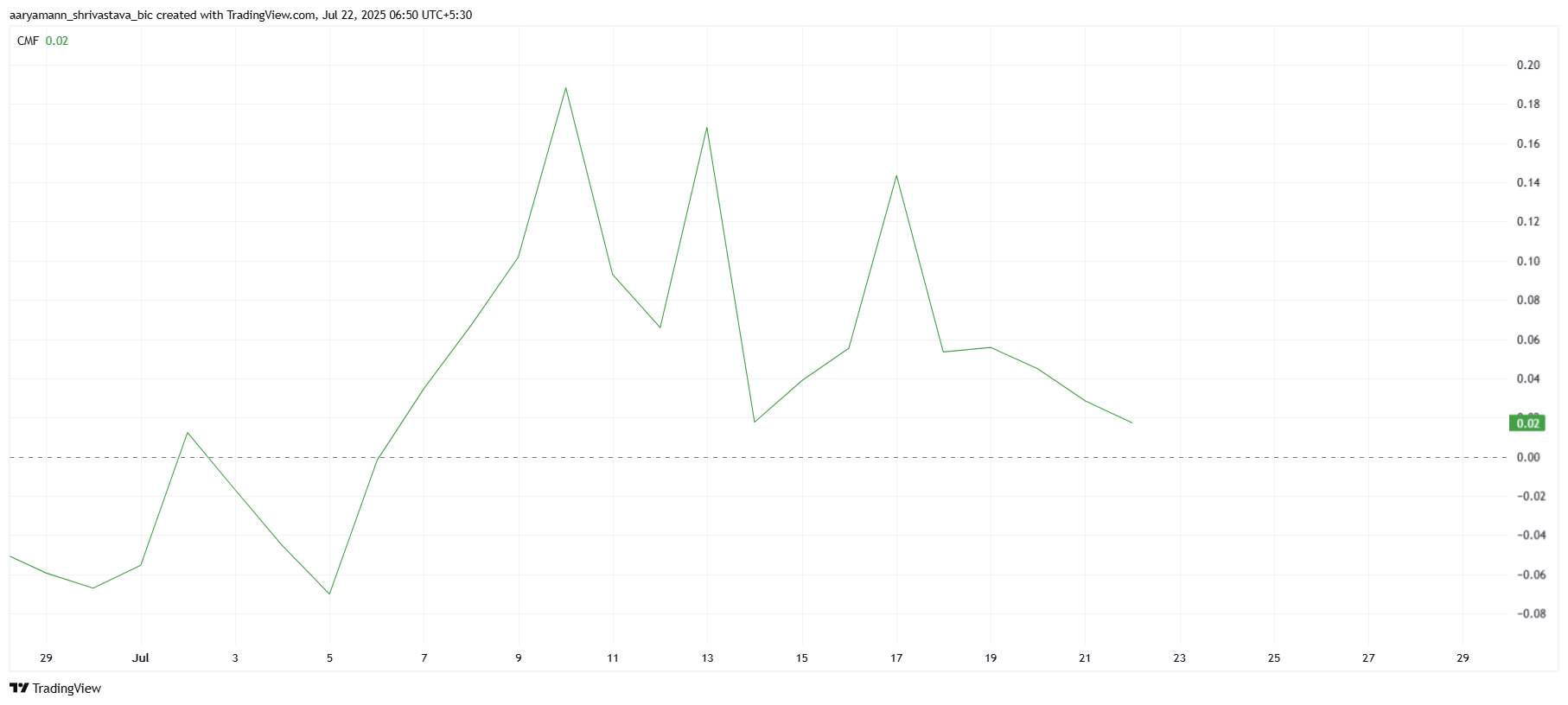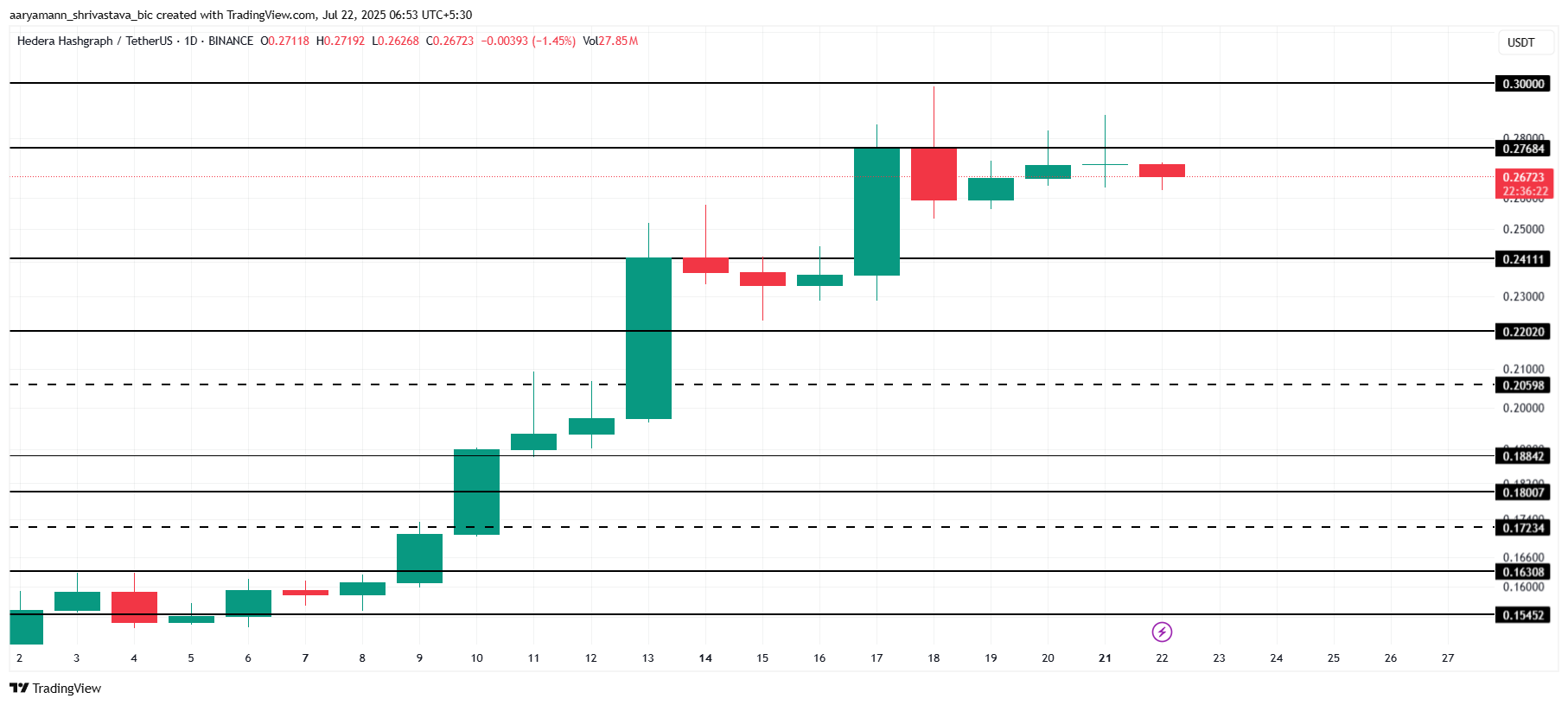On August 29, the Nigerian Securities and Exchange Commission (SEC) made a landmark announcement, granting “approval in principle” to two leading digital asset exchanges, Busha Digital Limited and Quidax Technologies Limited. This move marks a historic moment for the Nigerian crypto market, being the first approvals issued under the SEC’s newly introduced Accelerated Regulatory Incubation Program (ARIP). This initiative is set to play a pivotal role in nurturing growth within the local cryptocurrency sector while ensuring adherence to regulatory standards.
A Framework for Growth – The Accelerated Regulatory Incubation Program
The ARIP is designed to streamline the entry of digital asset exchanges into Nigeria’s burgeoning market. It allows selected firms to operate under provisional approval while awaiting the finalization of comprehensive digital asset regulations. This forward-thinking framework is intended to provide a safe and regulated environment for both investors and innovators. Alongside the approved exchanges, the SEC has also selected five additional firms for its Regulatory Incubation (RI) program, including notable platforms like Trovotech Ltd and Wrapped CBDC Ltd.
Embracing Distributed Ledger Technology
Central to the SEC’s strategy is the emphasis on distributed ledger technology (DLT). This technology is fundamental to the operation of many cryptocurrencies, providing a foundation for secure and transparent transactions. The SEC has highlighted that the outcomes of the preliminary tests conducted under the ARIP and RI programs will significantly influence future regulatory policies. This proactive approach aims to harmonize innovation with investor protection, setting clear guidelines for participants in the evolving digital finance landscape.
Rigorous Review and Investor Guidance
The SEC is meticulously assessing additional digital asset exchange applications, with plans to extend similar approvals to entities that meet regulatory compliance standards. The commission has also issued a warning to the public, advising caution against unverified and unauthorized investment services in the cryptocurrency space. This guidance is crucial for maintaining market integrity and ensuring that both novice and experienced investors operate within a secure framework.
The SEC’s recent actions signal a broader commitment to legitimizing the cryptocurrency market in Nigeria. By establishing robust regulatory frameworks and fostering innovation through programs like ARIP, the SEC aims to create a transparent and secure trading environment. As the cryptocurrency ecosystem continues to expand, it is essential for all stakeholders, including regulators and investors, to engage with evolving policies and practices to ensure a sustainable market.
The Nigerian SEC’s recent approvals represent a significant milestone in the country’s cryptocurrency journey. By implementing strategic regulatory measures and promoting the use of cutting-edge technologies, the commission is laying the groundwork for a more structured and transparent market. With these advancements, the future of cryptocurrency in Nigeria looks bright, characterized by regulatory clarity and increased participation, setting the stage for a more secure and dynamic digital asset landscape.





 Why is
Why is 
 Binance Alpha volumes collapsed = whales & bots dominate
Binance Alpha volumes collapsed = whales & bots dominate


